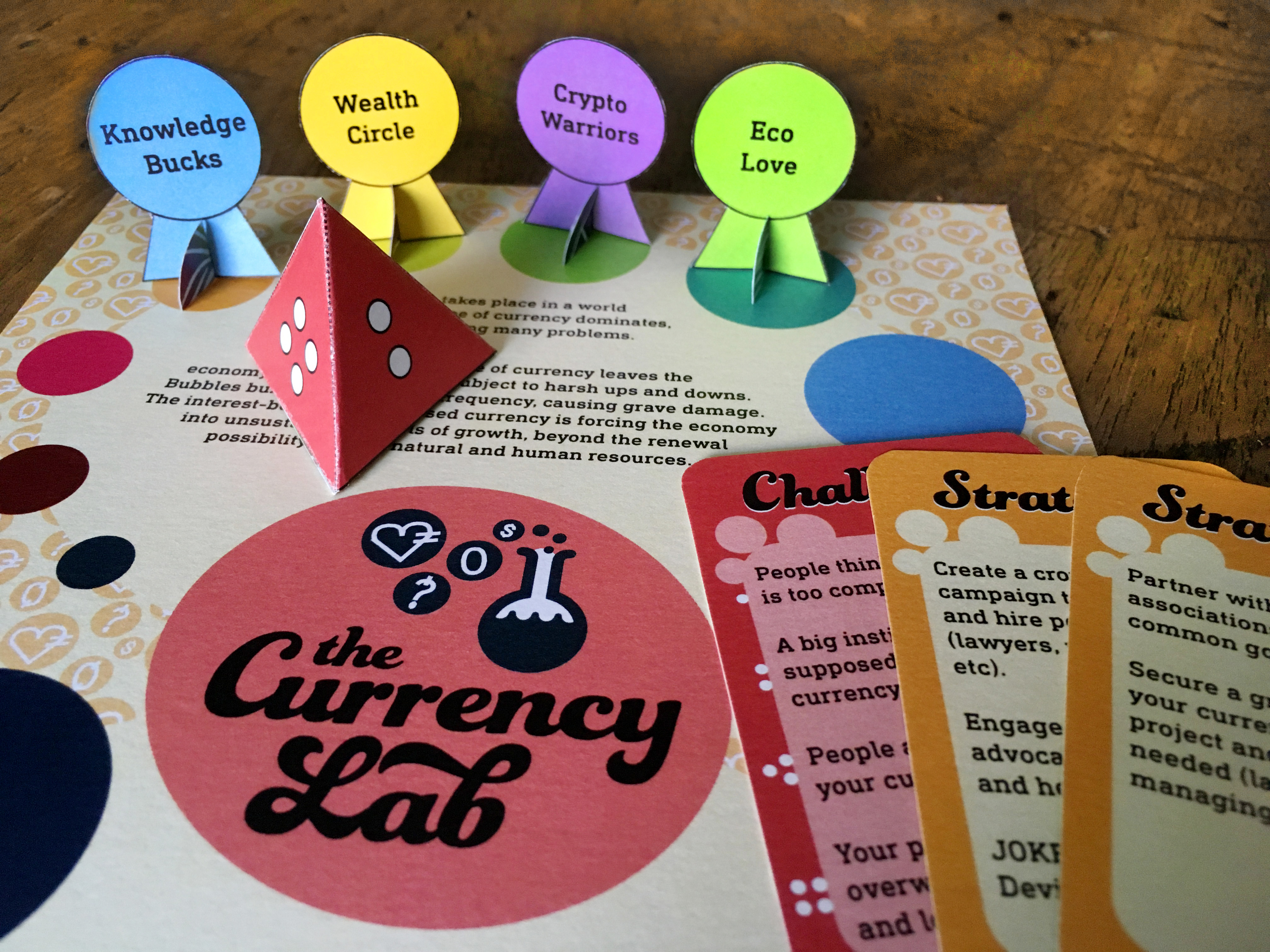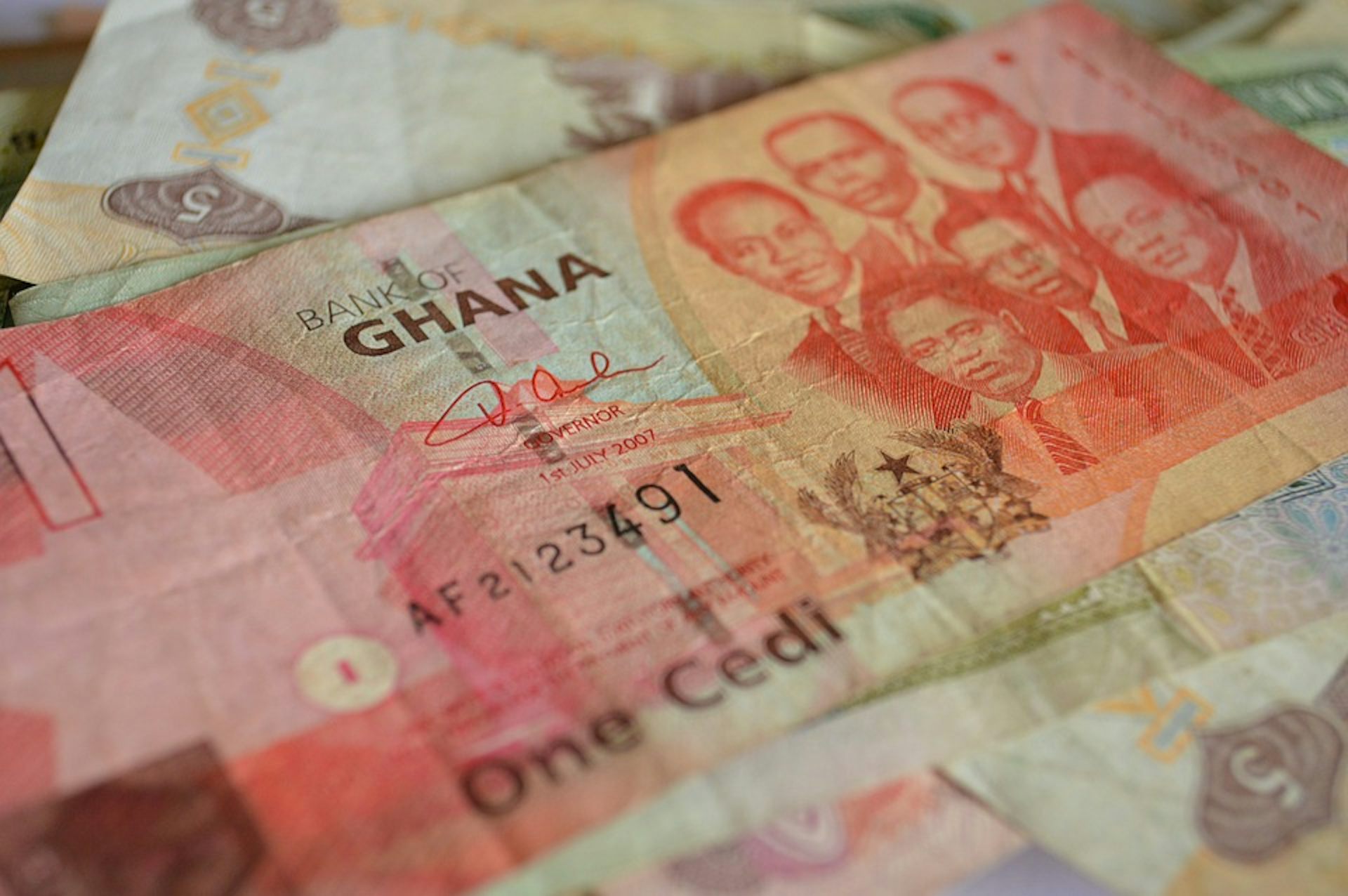

Students will then learn the objectives of the firm. In this course, students begin by learning what a firm is, especially by studying theoretical boundaries of the firm: what activities are best done by a firm and what activities are best done outside the boundaries of the firm? We will also discuss how these activities have changed over time and how the answer differs for corporations, closely held businesses, and non-profits. Indeed, many have recently challenged (1) traditional notions of what a firm is, (2) what the objectives of the firm are, and (3) how the firm operates in its institutional environment. Understanding the role that firms play in society is of paramount importance. Typically Offered: Fall & Spring.ĮCO 643. And finally, students analyze how the business cycle and capitalism has unfolded and affected certain countries in Latin America. Then, the course centers on explaining capitalism today and presents criticisms. The second section aims at explaining how capitalism was born and how it has evolved in the 19th and 20th centuries. The first one introduces students to the idea of the business cycle. This course is divided into four sections. Also, this course challenges students' critical thinking and analytical skills with a wide range of controversial readings on these two topics. These two themes have sparked debates for centuries as they have great implications in the development of countries.

Primordial to the understanding of any economic, political and/or social circumstance in any given country at any given time: (1) The evolution and meaning of the business cycle and capitalism, and (2) The effect of internatior.al trade and currencies. In this course, students are exposed to two fundamental topics which are Typically Offered: Offered by Announcement Only.ĮCO 445. This is an elective class addressed to economics majors, minors, and any student with an interest in the topics. Selected topics: price discrimination product differentiation advertising network effects consumer search and digital markets auctions bargaining vertical restraints and mergers collusion and cartels innovation and intellectual property natural monopolies and regulation and antitrust policies. Students will acquire the microeconomic tools and techniques to identify, analyze, and solve industrial economics and government competition policy problems, and will learn to apply the theory to many real-world markets and current economic events. This course surveys several topics in industrial economics, regulation, and antitrust it is designed to be a link between the theory and several applications. Typically Offered: Fall & Spring.ĮCO 333. Prerequisite: ECO 213 or ECO 211 and ECO 212.

Selected topics: budget analysis and scoring correction of externalities and provision of public goods public choice theory and government failure fiscal federalism and redistribution role of government in education, social security, and health care income distribution and welfare programs optimal taxation and tax inefficiencies taxes on labor supply, savings, capital gains, and business income fundamental tax reform and consumption taxation. Students will also learn to apply the theory to current events such as the policy debates over social security, health care, education, and tax reform. Students will acquire the microeconomic tools and techniques to identify, analyze, and solve public policy and political economy problems. This course studies the role of governments in the economy by surveying several topics in public finance and public policy it is designed to be a link between the theory and several policy-relevant applications.


 0 kommentar(er)
0 kommentar(er)
